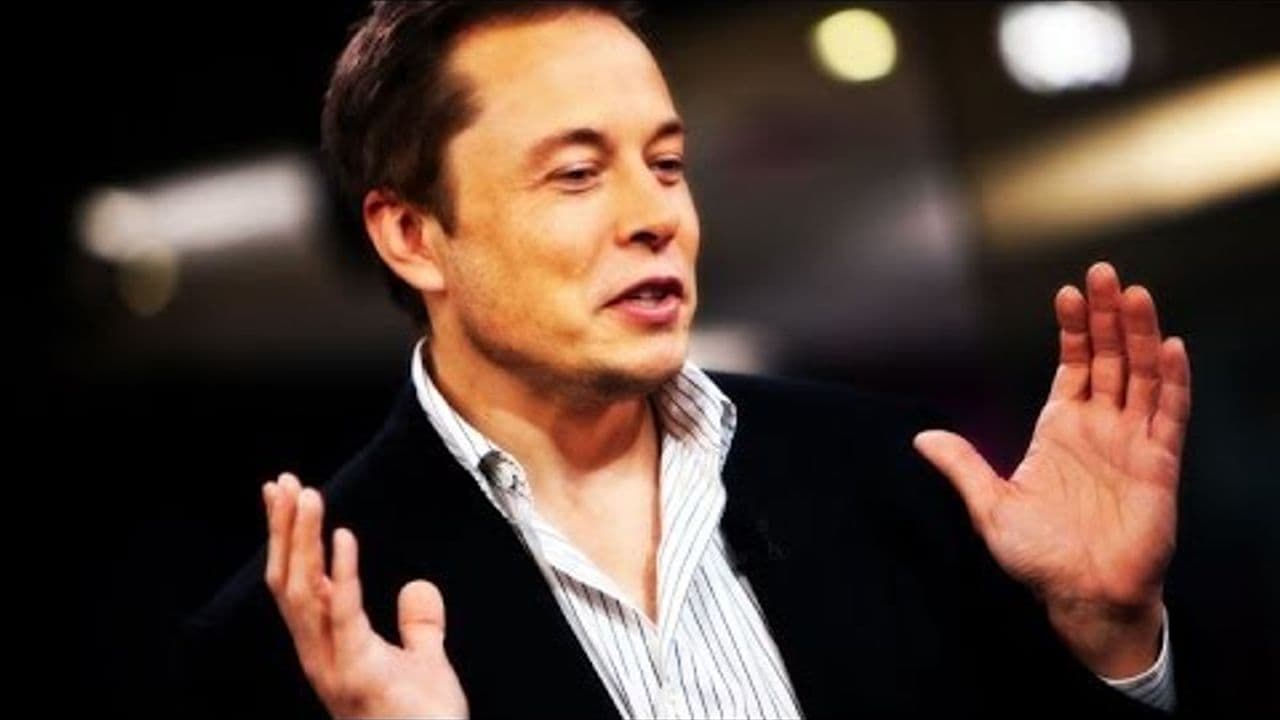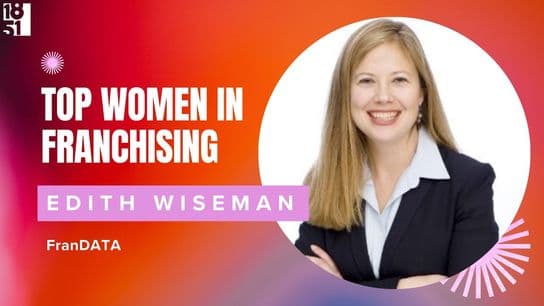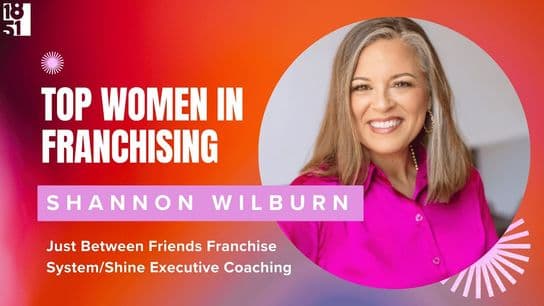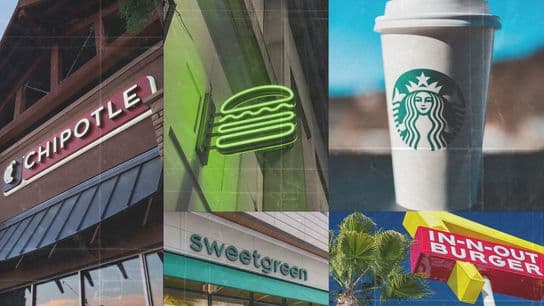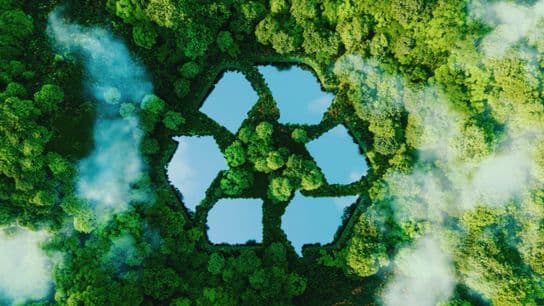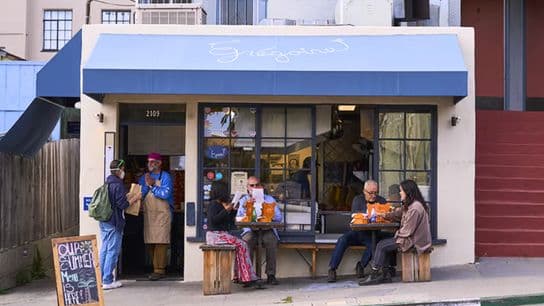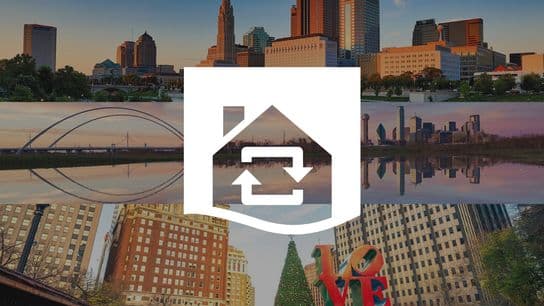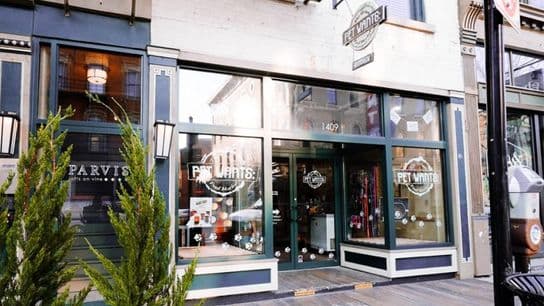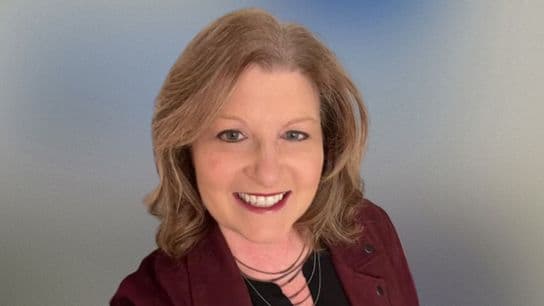What’s Next for Elon Musk and Tesla Motors
Amid controversy, Musk’s innovation efforts continue to raise the bar in the automotive industry.
When it comes to technological innovation, few names are as recognizable as Elon Musk. The entrepreneur made a name for himself with Zip2 and PayPal, the first companies he founded and later sold. But it’s two other ventures—SpaceX and Tesla—that have earned Musk a spot in the history books.
Musk launched SpaceX, a private company focused on revolutionizing the space industry, in 2002. Then one year later, Tesla Motors made its debut with its seemingly far-fetched mission to produce only sustainable, electric cars. From the start, both brands were viewed as failures waiting to happen. But now, over a decade later, it’s clear that Musk’s ambitious initiatives were right on target.
In an article naming Musk one of Time’s 100 most influential people, Richard Branson, founder of Virgin Group said, “His Tesla Motors and SolarCity companies are making a clean, renewable-energy future a reality. It’s a paradox that Elon is working to improve our planet at the same time he’s building spacecraft to help us leave it. But true vision is binocular — and Elon Musk is clearly a man who can see many things at once.”
That ability to see when future technology can become present reality was first publicly visible with Tesla in 2006, when Musk released a “top secret” master plan detailing how to turn Tesla into the powerhouse driving the entire automotive industry forward. He saw that plan through, starting with the Tesla Roadster in 2008. The car opened the door to electric mobility, and paved the way for the brand’s line of premium electric vehicles, including the Model S, the Model X and the Model 3, which is still in development.
But Tesla’s success hasn’t always been visible. The brand—and Musk—have weathered their fair share of controversy. Before the Roadster ever hit the market, it experienced major production problems that left customers angry. More recently, the Model S and its Autopilot system have been at the center of a National Highway Traffic Safety administration investigation and Senate Commerce Committee briefing surrounding a fatal car crash. And it’s not the first crash that has a possible connection to Tesla’s cruise control technology.
Still, Musk and Tesla continue their quest to raise the bar in the sustainable automobile industry with no plans to slow their innovation efforts down any time soon. In fact, Musk just released the second part of his master plan that aims to expand the electric vehicle product line to all major segments, including semi-trucks. It’s that commitment to progress and finding the next way to make sustainable energy a reality that continues to enable Musk—and his companies—to separate themselves from the rest of the pack.
Musk told The Telegraph, “A lot of my motivation comes from me personally looking at things that don’t work well and feeling a bit sad about how it would manifest in the future. And if that would result in an unhappy future, then it makes me unhappy. And so I want to fix it. That really is the motivation for me. I certainly don’t believe in disrupting things for the sake of it.”
